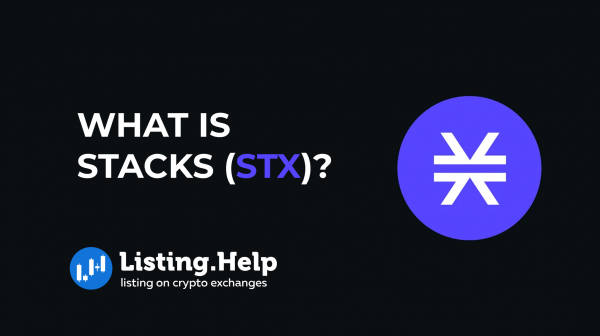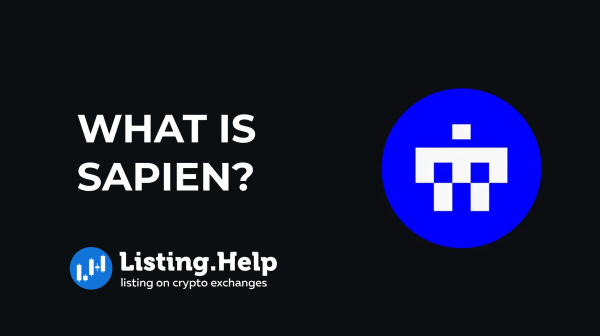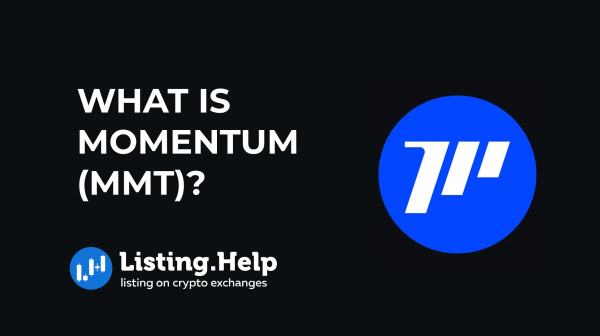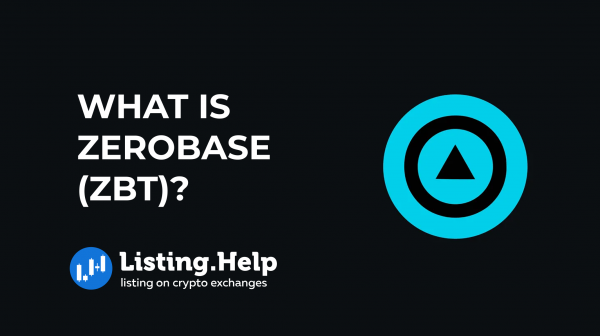How to Mine Cryptocurrency? Is It Worth the Investment?
 November 2, 2023
November 2, 2023 Updated: January 27 2025, 07:24
Updated: January 27 2025, 07:24
LEAVE A REQUEST
Launching your own token project? Our experts are ready to help with listing on exchanges, market making, marketing and other solutions
SUBMIT APPLICATIONIn essence, cryptocurrency mining is the backbone of maintaining and securing blockchain networks. Through mining, new transaction blocks are validated and added, and in turn, miners are granted new cryptocurrency units, which adds to the overall supply in the market.
Key currencies like Bitcoin and Litecoin rely on the Proof of Work (PoW) system. This method enables networks to agree on the state of all transactions without needing a central authority. It also ensures that each digital currency unit can only be spent once, addressing potential fraud.
In PoW, miners strive to solve difficult math problems, and the first to succeed earns the right to add the next block to the blockchain, receiving cryptocurrency as a reward. This process is costly and energy-intensive, but it ensures that participants are compensated for their efforts.
This mechanism enhances decentralization, which is pivotal for blockchain’s reliability and security, as it relies on numerous computers worldwide to jointly maintain the blockchain rather than a single centralized database.
Yet, there are risks. Theoretically, if an entity gains control of more than 50% of the network’s mining power, it could influence transaction orders or double-spend coins, known as a 51% attack, though such a scenario is improbable for larger networks.
Finally, mining’s viability hinges on substantial investments in hardware and energy. The high electricity consumption, particularly for Bitcoin mining, has raised concerns about its environmental impact. Additionally, individual miners face stiff competition from larger setups that enjoy economies of scale, making profitability challenging without access to cheap power and multiple mining machines.
Types of Cryptocurrency Mining
Block rewards incentivize miners to contribute computing power to validate blocks, but this becomes less feasible for individuals as competition increases. There are several methods of mining, each suitable for different scenarios, whether you’re mining solo or in a group.
ASIC Mining:
ASICs are tailor-made for mining, offering high efficiency but risking obsolescence with each new model. They are not suitable for all cryptocurrencies, particularly ASIC-resistant ones.
GPU Mining:
GPUs are versatile for mining various cryptocurrencies and are more accessible than ASICs. Their effectiveness varies with the cryptocurrency’s mining difficulty and algorithm.
CPU Mining:
CPUs can mine cryptocurrencies, but they’re less powerful and thus less efficient than other methods.
Mining Pools:
Miners join forces in pools to increase their chances of earning rewards, sharing profits according to the contributed power.
Solo Mining:
Solo miners operate independently, facing stiff competition and thus lower chances of earning rewards.
Cloud Mining:
Cloud mining involves renting mining power without owning hardware, but it carries risks of fraud and may not yield expected returns.
For a detailed description of the types and methods of mining, you can refer to this article.
How to mine crypto?
Let’s break down the fundamental steps for initiating a mining setup, but I must preface that the landscape of mining varies considerably. The following outline offers a general guide, yet some mining models may deviate, necessitating additional steps or alternative strategies.
Before we proceed, I must emphasize that mining is not a guaranteed profit-making pursuit. Its success hinges on the ever-volatile cryptocurrency values and the dynamics of energy expenses. Mining necessitates a meticulous configuration of hardware and incurs ongoing costs to sustain the mining operation beyond the upfront capital required.
Investors should approach mining with caution, armed with comprehensive knowledge of the complexities involved. Consider this an introduction to mining procedures rather than an exhaustive manual.
Selecting a Cryptocurrency for Mining
In the realm of cryptocurrency mining, the choice of currency is not just a matter of preference but a strategic decision that weighs on the balance between difficulty and potential yield. The concept of ‘difficulty’ in mining refers to the computational effort required to solve the cryptographic puzzles that secure a network and release a new block. This difficulty is a dynamic measure, adapting to the number of miners; it escalates as more participants join and eases off when they exit.
Major cryptocurrencies, like Bitcoin, set a high bar due to intense competition among miners, which often necessitates the use of specialized ASIC hardware and participation in mining pools to stand a chance at receiving mining rewards.
In contrast, mining lesser-known Proof of Work (PoW) coins, such as Dogecoin or Ethereum Classic, can present fewer barriers to entry. These networks may not be as saturated with miners, which can be advantageous for solo miners or those with limited resources. Additionally, these alternative coins (altcoins) could harbor greater potential for appreciation given their relative obscurity and untapped markets.
Miners also have the option to pursue less computationally demanding cryptocurrencies, which naturally translates to reduced energy requirements. This choice could align better with smaller scale operations or those conscious of the environmental impact of mining.
Yet this path is not without its pitfalls. Altcoin mining is often subject to higher volatility and the risk of the underlying network suffering critical vulnerabilities, or worse, becoming obsolete, which could render the mined tokens valueless. Furthermore, the surge in popularity of certain altcoins might necessitate upgrades to mining infrastructure, imposing additional capital outlays that could exceed initial projections.
Take, for instance, the evolution of Bitcoin mining; what once was attainable with standard personal computers now demands a formidable setup. This progression serves as a cautionary tale for those entering the mining sphere, underscoring the need for forward planning and adaptability in the face of the market’s dynamism.
Selecting Mining Hardware
In the competitive landscape of cryptocurrency mining, the caliber of one’s mining hardware can significantly tip the scales in favor of success. The likelihood of mining a block and receiving the attendant rewards increases with more powerful equipment. ASIC miners, which are tailored for mining a particular cryptocurrency, often emerge as the most effective choice. They excel in their singular purpose, but at the cost of flexibility.
However, the versatile GPU remains a contender, particularly within networks where the mining landscape is less harsh and the difficulty level is more accommodating. The effectiveness of GPUs largely hinges on the mining algorithm and the current difficulty of the target cryptocurrency.
Certain cryptocurrencies have inspired the creation of specialized mining rigs uniquely suited to their network’s demands. A case in point is the Helium network, which relies on a mining device equipped with radio technology. Such a device must be strategically placed to maximize wireless network coverage and, in turn, mining efficiency.
Before committing to any mining endeavor, it’s imperative to ascertain the specific type of hardware that aligns with your chosen cryptocurrency. Each currency may have its own set of requirements, and understanding these prerequisites is critical for anyone aiming to mine effectively and profitably.
Creating a Crypto Wallet
To embark on your mining endeavors, having a digital wallet is essential. This wallet serves as a secure vault for the digital keys that represent your mining rewards. Following the acquisition of currency through mining activities, the mining software is programmed to transfer the earnings directly to the wallet address you provide. Trust Wallet is a popular choice among miners; it offers robust security features and connectivity across various blockchain ecosystems.
Configuring Mining Software
The next step is to equip your mining setup with the necessary software. It’s advisable to download mining applications directly from the official website of your target cryptocurrency. This direct approach ensures compatibility and guards against the risk of counterfeit software.
While most mining applications are available at no cost, it’s crucial to conduct thorough research to determine the optimal choice. This decision can be influenced by the specific requirements of the cryptocurrency you’re targeting as well as the operating system of your mining rig.
It’s also prudent to establish a monitoring system for tracking your operation’s electricity consumption. Comparing your regular electricity bills with the projected usage of your mining setup will give you an insight into potential costs. Be mindful that the power requirements of a mining rig could lead to higher electricity expenses than the profits from mining itself.
Lastly, consider the environmental aspects of your mining setup. Mining rigs can produce a substantial amount of heat and noise, so it’s important to place them in a location where they can be cooled effectively. Additionally, be considerate of your surroundings — informing neighbors about the noise can prevent any discomfort or complaints.
Mining Pool
For solo miners grappling with the realities of substantial hardware investments and daunting electricity bills, mining pools represent a strategic alternative. The odds of individual miners successfully mining a block are slim, given the need to compete with a vast network of miners, many of whom may operate with an array of high-powered ASICs.
By aligning with a mining pool, you merge your computational efforts with a larger group, effectively boosting your collective hashing output. This increased mining power elevates the probability of block discovery and, by extension, the chance of earning mining rewards.
Mining pools are often steered by a coordinator, whose role is critical to maximizing efficiency and productivity. They are tasked with ensuring that each miner in the pool is assigned a unique nonce value, thereby optimizing the pool’s overall hashing potential. Additionally, the coordinator is charged with the equitable distribution of rewards among pool members, proportional to their contributed hashing power.
Does Mining Cryptocurrency Pay Off?
Determining whether cryptocurrency mining is a viable income stream is contingent on several factors, and it’s essential to approach it with a critical perspective.
Cryptocurrency mining necessitates a balance between the initial and ongoing investment in hardware, the fluctuating costs of electricity, and the ever-present volatility of the cryptocurrency market itself. While the mining process could theoretically offer passive income once the system is operational, the reality involves active engagement in maintenance, software supervision, and the management of operational costs.
Profitability is not guaranteed. It can fluctuate with the market value of the cryptocurrency you are mining, and it is significantly influenced by the cost of electricity where the mining rig is located. This is why the most substantial mining operations are situated where electricity is the cheapest, to maximize potential profits.
It’s also worth noting that mining hardware can quickly become outdated. The rapid pace of technological advancement can render mining equipment less efficient or even obsolete, leading to the necessity for reinvestment to stay competitive.
For some, the impetus behind mining transcends monetary gain. There are miners who participate in the process to contribute to the blockchain’s security and decentralization, with little concern for profits. In essence, whether mining is worth it depends on your objectives, resources, and commitment to the evolving landscape of cryptocurrency.
In Conclusion
The process of mining constitutes a fundamental component for the operational integrity of blockchain networks, facilitating both the generation and verification of new transactional blocks. Participation in cryptocurrency mining demands a comprehensive evaluation of associated expenditures and potential risks.
The successful execution of mining activities necessitates a non-trivial level of technical expertise, particularly in the procurement and configuration of mining apparatus. Prospective miners are advised to engage in a thorough investigation to acquire a profound comprehension of the specific cryptocurrency targeted for mining.
It is imperative to note that the landscape of cryptocurrency is subject to rapid and unpredictable shifts. Continuous vigilance regarding project advancements and modifications is essential, as these can significantly influence the methodologies and feasibility of cryptocurrency mining.

For additional insights and further information pertaining to this dynamic field, interested parties are encouraged to visit our dedicated blog at https://listing.help/blog/.




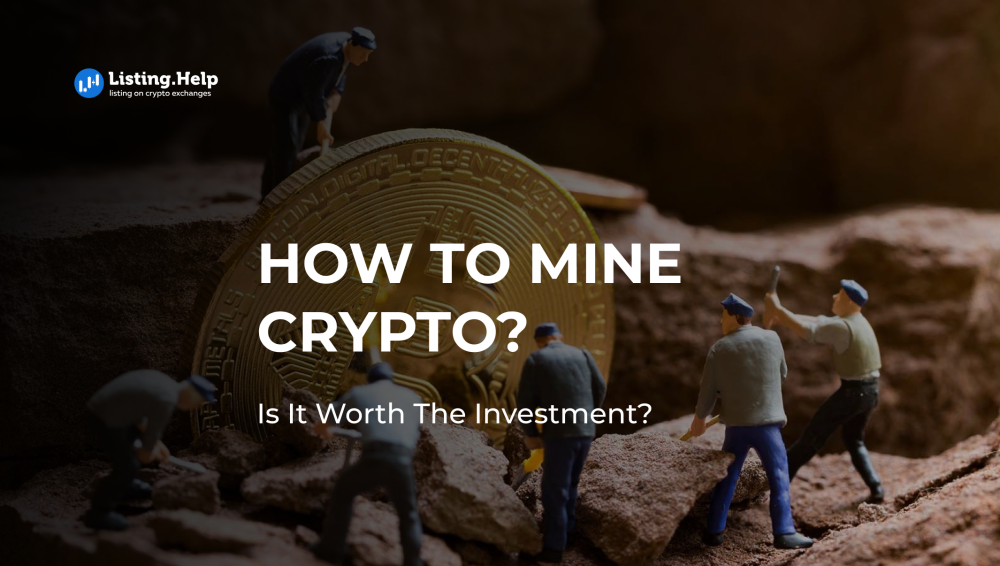


 December 22, 2025
December 22, 2025 

